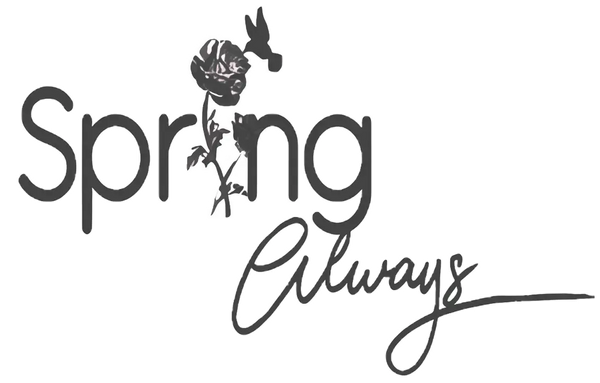Lash extension glue have become increasingly popular in the world of beauty, providing individuals with enhanced, voluminous lashes. To achieve flawless lash extensions, a vital component is the lash extension glue. This lash adhesive is responsible for bonding the extensions to natural lashes, ensuring a secure and long-lasting result. In this comprehensive guide, we will delve into the world of lash extension glue, exploring its types, application techniques, safety considerations, and tips for achieving beautiful lashes that stand the test of time.
Understanding Lash Extension Glue:
Lash extension glue is a specialized adhesive formulated specifically for attaching lash extensions to natural lashes. It is designed to create a strong and durable bond that can withstand daily activities and environmental factors. The glue is typically applied to the base of the extension, and upon contact with the natural lash, it creates a secure attachment. Lash extension glues come in various formulations, each with its unique characteristics and drying time. Understanding the different types of lash extension glue is crucial for selecting the most suitable one for your needs.
Types of Lash Extension Glue:
1. Cyanoacrylate-Based Glue:
Cyanoacrylate-based glues are the most commonly used lash adhesive for lash extensions. They create a strong bond that ensures the extensions stay in place for an extended period. These glues are quick-drying and provide a secure attachment. However, individuals with sensitive eyes may experience irritation or allergic reactions to this type of glue. Therefore, it is important to consider the sensitivity of your clients and choose a glue that suits their needs.
2. Formaldehyde-Free Glue:
Formaldehyde-free glues have gained popularity due to concerns about the potential health risks associated with formaldehyde exposure. These glues provide a safe and comfortable option for individuals with sensitive eyes or those seeking a more natural adhesive. While they may have a slightly longer drying time compared to cyanoacrylate-based glues, formaldehyde-free glues offer a reliable and secure bond.
3. Medical-Grade Glue:
Medical-grade glues are specifically formulated for clients with extreme sensitivities or allergies. These glues are hypoallergenic and have minimal chances of causing adverse reactions. Medical-grade glues provide a gentle and comfortable bonding solution while ensuring the longevity of lash extensions. However, due to their specialized formulation, they may have a higher price point compared to other glues.
Esponjabon Mother of Pearl | Esponjabon soap | Esponjabon | Lash Extension Glue | Lash Adhesive | Lash supply | Lash Serum | Lash Growth Serum
Application Techniques:
Applying lash extension glue requires precision and expertise to ensure optimal results. Here are some key application techniques to consider:
1. Proper Preparation:
Before applying lash extensions, ensure that the natural lashes are clean and free of any oils, makeup, or debris. This helps the glue adhere effectively to the lash surface.
2. Glue Droplet Size:
Use a minimal amount of glue for each lash extension. A small, controlled droplet of glue is sufficient to create a strong bond without causing clumping or excess adhesive.
3. Placement and Bonding:
Place the lash extension directly on the natural lash, ensuring that the adhesive contacts the base of both lashes. Hold the extension in place for a few seconds to allow the glue to set and create a secure bond.
Tips for Long-Lasting Lash Extensions:
To maximize the lifespan of lash extension glue and maintain their beauty, consider the following tips:
1. Avoid Oil-Based Products:
Oil-based makeup removers, cleansers, and skincare products can weaken the lash extension glue and cause premature shedding. Opt for oil-free products to preserve the bond and ensure longevity.
2. Gentle Cleaning:
Cleanse the lash extensions regularly with a gentle lash cleanser or foam to remove any debris or buildup. Use a soft brush or sponge to clean the lashes delicately, avoiding excessive rubbing or pulling.
3. Be Mindful of Water Exposure:
Avoid exposing lash extensions to excessive water, steam, or high humidity for the first 24-48 hours after application. Water can weaken the adhesive bond, leading to premature lash loss. After the initial curing period, gentle cleansing and occasional water exposure are acceptable.
Read More Blog: Why Esponjabon Mother of Pearl is a Must-Have for Your Skincare Routine
Read More Blog: Why Is The Magic Behind Esponjabon Soap?
Read More Blog: Top Reasons To Use Lash Growth Serum
Read More Blog: Get More Longer & Healthier Lashes With The Lash Supplies By Spring Always
Read More Blog: Amazing Reasons for Buying Esponjabon Products by Springsalways
Read More Blog: Learn About The Top Perks Of Using Lash Serum
Read More Blog: Everything You Need to Know About Esponjabon Soap - Benefits, Ingredients & More!
Read More Blog: Get Your Style Of Lash Customized With Eyelash Extension Glue
Read More Blog: Frequently Asked Questions About Lash Extensions and Lash Adhesives
Read More Blog: Your Short Yet Comprehensive Guide To Lash Extension Glue!
Read More Blog: Esponjabon Soap- Your Effective Remedy To Existing Skin Problems!
Conclusion!
Lash extension glue is a vital component in achieving stunning, long-lasting lash extensions. By understanding the different types of lash extension glue, following proper application techniques, and prioritizing safety measures, both lash artists and clients can enjoy beautiful lashes that enhance natural beauty. Remember to choose high-quality, reputable glue, consider the sensitivity of clients, and provide proper aftercare instructions to ensure optimal results. With the right knowledge and techniques, lash extensions can transform the look and confidence of individuals, offering a glamorous and low-maintenance beauty solution.



